Morning. Today I’m handing over the blog to Laura who has kindly offered to share the journey she has been on since discovering her little girl has hip dysplasia and the treatments and help they have been receiving.
Hi! I’m Laura, mummy to Poppy who is now 5 months old. I wanted to talk about developmental dysplasia of the hip (ddh) as this is something Poppy has recently been diagnosed with and I actually didn’t even know existed! I’m not by any means an expert on this but thought that sharing my experience may help others to understand a little more about hip dysplasia.
So it all started at our 6 week checkup where the GP identified that Poppy had a clicky left hip. She reassured us that lots of babies go for the ultrasound scan that she would refer us for, so 6 weeks later, off we went for what we thought was just a routine scan. However, it turned out that it wouldn’t be quite that simple! The sonographer told us that he could see Poppy had an ‘immature hip’ and would contact the physiotherapist who would tell us more about this. Luckily we were able to go straight to the children’s department to see a physio. Here’s a good point to say that throughout this process, the care and treatment we have received from the RUH in Bath has been fantastic! Again, we happily trotted off to see the Physio thinking that perhaps we would need to start doing some exercises or stretches. But this is where reality really started to hit home as we were told that Poppy has hip dysplasia. In crude terms, this is where the ball and socket of the hip joint do not fit together correctly, for example, if the hip socket is too shallow. Although lots of babies may have immature hips, lots will resolve by themselves as baby develops but about 2 in a thousand require intervention as in Poppy’s case. Without treatment she would likely need a hip replacement sooner than most people and would develop a limp and osteoarthritis. What a shock!! As we looked at our baby it was really hard to equate this big news with the tiny baby in front of us. We were then shown a pavlik harness which she would perhaps need to wear 24 hours a day for 12 weeks. This would hold her legs in a froggy position. I think this is probably where the enormity of the situation hit us. We needed to wait for the consultant to decide whether he felt this would work so left the hospital with a lot of new information and unsure of exactly what would happen next. I must confess that we had a bit of a cry as we sat in the car park munching on M&S sandwiches. As a parent, I think we’re automatically programmed to have a guilt response! I was immediately wondering whether this was something I had done? I had several extra growth scans whilst pregnant due to my bump measuring small. Was she too confined whilst in there? Had we held her wrong? We were later told that this wasn’t something we had caused. There are several reasons why babies may have DDH. The majority are female. It is also more common in first borns and more likely if there is a family history. Being breech later in pregnancy also increases the chances. However sometimes it ‘just happens’ like in our case.
A few weeks later we were called back to see the consultant who told us that he didn’t feel the harness would work so instead Poppy would need a closed reduction. This is where she would be put under general anaesthetic and have her hip manipulated into the right place and held in a plaster cast for 12 weeks with the hope that the hip would then develop normally. The cast would cover her from her abdomen and down both legs, like a pair of fixed trousers. This would make nappy changes interesting as a big hole is left for this and she would not be allowed a bath! Our very wriggly little girl would be unable to move her legs. She would also no longer fit into her usual car seat as her legs would be held in a wide position. If this didn’t work, an open reduction would be needed later on which would involve more invasive surgery. This was a lot to take in. Me and my husband both work in healthcare but this time we were the ones who needed guidance and input from healthcare professionals. However, we knew it would be for the best in the longer term and were reassured that babies are generally pretty unbothered by this procedure.
Poppy’s closed reduction was scheduled for 12th June and so the countdown began! In the meantime, being research queen, I set about finding out more information. Some useful information came from a charity called Steps and I joined a couple of fantastic support groups on Facebook. These showed me stories and photos of families going through the same process and were an invaluable source of information, hope and inspiration. Kids and their families really are amazing with their ability to adapt to changes. I also found out that Maxi-Cosi run a fantastic scheme which allows you to hire an adapted car seat. As we’re already maxi cosi customers, we were entitled to pay a fully returnable deposit so in essence, would borrow this for free. The customer service was also exceptional throughout.
So the 12th June arrived – procedure day! Armed with 50 nappies (I’m not even kidding, we didn’t know which sizes Poppy may need!), and lots of tissues, we went into hospital. I was dreading the fact she would be nil by mouth from 3.30am that morning but she coped with this remarkably well. One of the hardest moments was handing her over to the anaesthetist and walking away. It was the longest time I had been away from her since she’d been born. We were called to recovery a few hours later and greeted by a very sleepy baby who after a feed settled down quickly and soon dozed off again in our arms.
We were then given some amazing news by the surgeon – they had found that her hip wasn’t completely dislocated but was easily dislocatable (if that’s a word?!) so instead they had cut a tendon in her thigh to allow her muscle more movement. Rather than a cast she would wear a brace for 6 weeks and then would hopefully be weaned off of this for a further 6 weeks. Best of all, we could remove it for nappy changes and bathtime!! Yay! Poppy is currently in this brace and as usual, constantly astounds us with her ability to adapt. Babies are way tougher than us parents!!
We have been incredibly lucky as other people’s stories are nowhere near as simple. However, through our journey there have been a few things that have struck me. Most people seem to fall into 2 camps – those who know nothing about hip dysplasia (hands up, this was me a few weeks ago), and those who know somebody who has had treatment for this. I hadn’t realised that although we can’t prevent hip dysplasia, there are a few things we can do to promote good hip health. I had heard of these before but hadn’t known that these are actual recommendations by the international hip dysplasia institute. These include making sure baby’s legs don’t dangle down when in a carrier but are held in a more supportive froggy position, ensuring seats and other devices like walkers and bouncers don’t push legs together or hold hips in an unhealthy position and making sure swaddling is not too restrictive on baby’s hips.
Also, I had no idea that there are signs of hip dysplasia to look out for. We were lucky that Poppy’s was picked up early, before she started crawling or walking, however others start their hippy journey a lot later. Signs to look for are uneven fat rolls on their thighs or under their bottom, legs may be slightly different lengths (we later realised that Poppy’s tendency to pick up her left leg slightly when he held her in a standing position was not actually a flamingo impression but linked to hip dysplasia). You may also notice restricted movement in one leg. Older children may drag a leg when crawling or walking or have an unusual gait. Any concerns should be checked out by a GP.
I really hope that this post has given people a little bit more knowledge and awareness of hip dysplasia. We are now keeping our fingers crossed that in a few weeks time, Poppy will have her brace removed and life will continue as usual. Her hip will be regularly monitored to ensure healthy development continues. I am sure she will be running around before we know it!



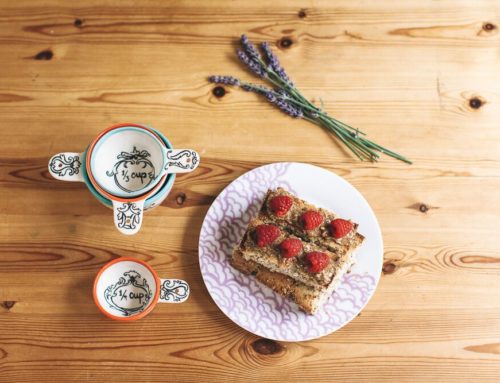

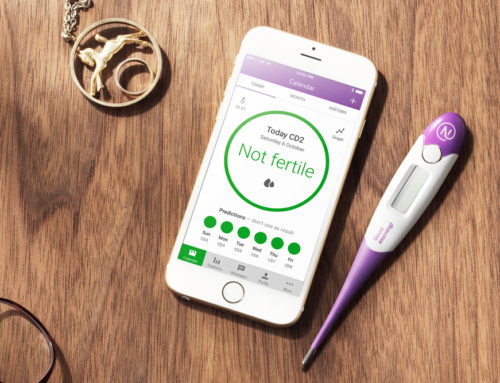
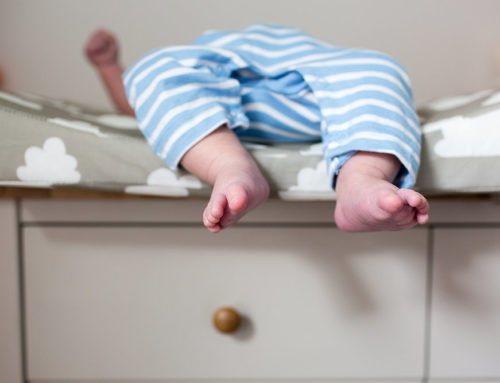
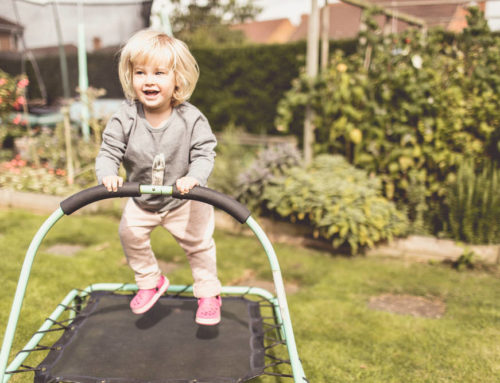
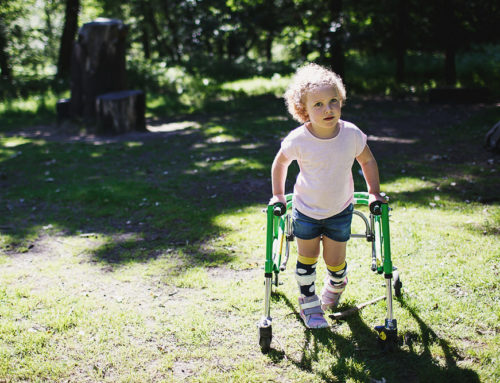
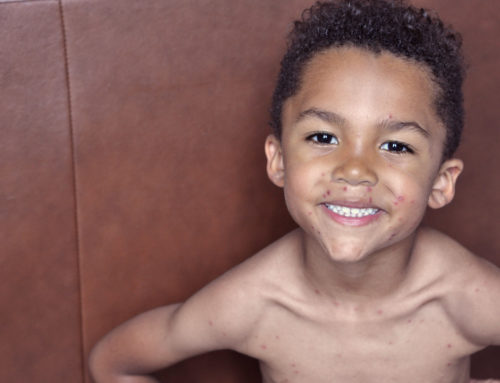
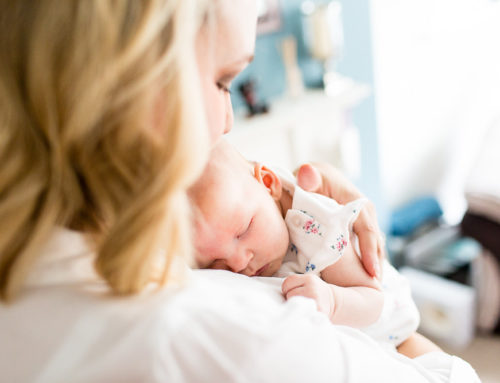

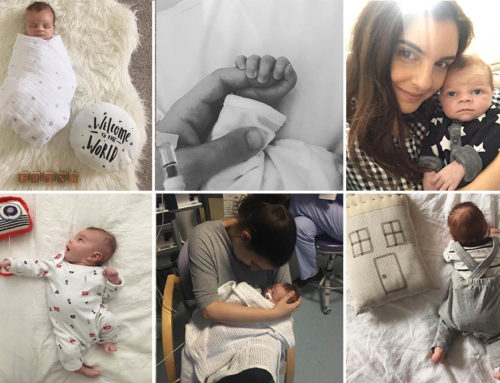
Hi Laura, I’m a fellow hip dysplasia mummy! I too had never heard of it before my daughter was diagnosed. Her clicky hip was actually picked up at 1 day old in the hospital, so we were told we’d be referred for a scan and not to worry. I didn’t really expect there to be a problem as she looked totally fine, but when we took her for the scan at 4 weeks old it turned out her left hip was completely dislocated. I was devastated, which sounds very dramatic but it’s just awful to find out there’s anything wrong with your tiny baby isn’t it?! We were sent straight to see a consultant who assessed her scans and decided that we should try the Pavlik Harness with her being so young. So she was put in it immediately and we were told not to remove it at all for 6 weeks. It was hard, suddenly my little newborn was strapped into this harness and none of her baby grows fit and we couldn’t bath her for 6 whole weeks, I was so upset. It was such a shock. But we had great support from a lovely nurse at the hospital and we got through it. After 6 weeks she had a scan which showed the harness was working (very lucky) so they decided she should do another 6 weeks in it but with one hour a day out of it, which at least meant we could bath her again (we had a very cheesy smelling baby for a while!). She came out of it for good at 4 months old and it had been successful but she carried on going for scans / x-rays until 21 months when we were finally discharged because they were confident her hip was now secure. She’s 3 now and perfectly fine! We were so lucky that she was diagnosed early and could be treated without an operation. It sounds like Poppy is doing great with it and I really hope her treatment is fully successful. It’s tough at times and though it sounds shallow I hated the physical aspect of the harness because people would stare and I could see them thinking ‘what’s wrong with that baby?’ – all you want is for people to admire how cute they are, not wonder what’s ‘wrong’ with them and it gets you down sometimes. I agree with the ‘2 camps’ thing – people had either never heard of it or they knew a baby who had been treated for it and immediately recognised what the harness was for. X
X
Good point too sharing the ‘healthy hip’ guidelines, I’m very aware of this now but sooo many parents don’t seem to know anything about them. It should be more widely publicised! Good luck to you and little Poppy
Hi! Yeah I remember seeing the harness and just feeling total shock. That’s so good it was picked up early in your little one though and brilliant that it was successful. We’ve had a few people stare but they are usually just curious and wondering what it’s for and then they often have a story about someone they know who had it. It’s not wrong at all to also want people to comment on their cuteness though! X
Just to reiterate the point made in the post, just because you get referred for the scan doesn’t mean they will definitely have it! Genie was identified as having uneven leg creases at the 8 week check and we had to go for our scan. It took 2 weeks for them to give us the appointment so not too long a wait and Genie was completely fine. The scan itself was pretty speedy and Genie didn’t seem to mind it at all – she was quite interested in lying on her side!
Glad to hear Genie was fine. Poppy was great with the scan too and was very pleased with herself for weeing on the X-ray table! X
Poor little thing! Good on you for remaining so upbeat and positive, I’m sure I would have been an emotional mess.
Jenson has had a couple of hip appointments at the hospital because he was breech for a while but thankfully they’ve given him the all clear. I had no idea that hip issues were so common.
Really useful information about the good hip guidelines xx
Thanks Lisa. It’s great to hear that Jenson was checked early on as he was breech and that he was all clear. X
It sounds like little Poppy, and you, have coped brilliantly and your positivity shines through.
When I was young I had issues with my hips, not full dysplasia, but they rotated inwards or something like that. This wasn’t picked up until I was 3 when they finally realised that me crying and refusing to walk wasn’t just me being lazy!! Due to this both girls had scans and hip X-rays when they were born. I didn’t realise it could be hereditary but thankfully they were both fine.
Keeping everything crossed that her brace can come off soon for you.
x
Thanks Lottie! Hopefully just a few more weeks to go. X
Such a great and well-informed post – thank you.
Both my DDs have been in pavlik harnesses and both times i remember the despair. I cried for days but after treatment they now have perfect hips. And it does have its benefits. Perfect positioning to sit on your hip whilst multitasking, keeping legs out of the way during nappy changing! This website was good for me too to obtain some adaptive clothing to fit around the harness too https://www.slumbersac.co.uk/hip-pose-hip-dysplasia-clothing-for-children/
Glad it is useful. It’s great to hear that your little ones are all good now. It’s always helpful to hear when the outcome has been successful. I agree on the leg positioning being great for perching on your hip! X
I was born with this and was treated as a baby and kept in the froggy position apparently! Just to reassure you I’m now 36, a mummy of two and was always very athletic as a child and teen (ran and played tennis for my county) and it never hindered me in any way. I wouldn’t even have known had I not been told and seen pics of me as a baby. I did have bad hip pain from SPD in both pregnancies and I’ve always wondered if that was linked. But hopefully there will be no after effects for Poppy!
Thanks Abi, that’s brilliant to hear! X
My daughter now 21months also had hip dysphasia at birth (from being breech for so long). When some seemingly routine appointments led to a pavlik harness being fitted at 6 weeks, I was quite shocked as it seemed so drastic. My daughter was absolutely fine and adjusted well, it took me some time to get used to holding her, feeding her and not bathing her. Luckily the hospital were very supportive and the harness has worked brilliantly.
Thanks for sharing your story and raising awareness about hip dysplasia and how to aid good hip health in young babies and toddlers.
I am also a fellow DDH mummy.
When my daughter was born she had very visible bilateral talipes (also known as club foot)
So as a routine they had to check her hips.
So at two days old we were told she also had bilateral DDH.
I was absolutely devastated and couldn’t stop crying (I don’t think the hormones helped but it is so awful when your baby needs medical intervention be it big or small)
I cried throughout the whole Pavlik harness demo for her hips and physio demo for her feet but managed to write the most detailed notes!
My daughters hips were extremely shallow and we were told that the pavlik harness would be best given she was only 2 days old but surgery wasn’t off the cards.
She had to wear it 24/7 but she took to it so well.
So weekly appointments at both the fracture clinic and the physio department and then the harness clinic to ensure as she was growing she was in the right size harness etc… it’s all a blur now.
So fast forward to 6 months down the line… her teeny tiny feet were almost there and no surgery needed for them and the best news that the pavlik harness had worked wonders on her hips and we could start to wean her off it.
She found being out of the harness more difficult as it was all she had been used to but we got there in the end by gradually increasing her time out of it.
We were signed off by the consultant when she was 18 months old and it was the best feeling.
We just had her very first sports day at Pre school and seeing her grinning from ear to ear running several races was so emotional to think how far she has come.
xxx
Nicci that must have been so hard that she had 2 things wrong, poor you. I felt exactly the same and also cried throughout my daughter having her harness fit. It’s not a natural thing to let someone put your tiny newborn in a strange contraption, even if you know it’s for their long term health. It’s hard! Glad your little girl is doing great now! X
X
I found your story really compelling. I’m so pleased your little one is ok! I was born in 1973 and on day 2 of my life, my parents were told I also had (what they called in those days) ‘congenital hip’. Apparently (according to family and photos) I spent 6 weeks in something called Dennis Brown Splints, then 8 months in a plaster cast from my waist down both legs to my ankles – in a frog like fashion
 . Personally I only remember the annual hospital visits where I was made to move my legs in certain ways – and I hated this more and more each year as I grew more concious of my own body. Anyway, from 11yrs old I was told to go and live my life and never look back – and that’s exactly what I’ve don!! Sorry for waffling but a) I wanted you to see things from an oldies point of view having been there and b) know that your little one will be fine!! I’m living proof! And if anything – it’ll make her one kick ass bitch!!! Love to you all xxx
. Personally I only remember the annual hospital visits where I was made to move my legs in certain ways – and I hated this more and more each year as I grew more concious of my own body. Anyway, from 11yrs old I was told to go and live my life and never look back – and that’s exactly what I’ve don!! Sorry for waffling but a) I wanted you to see things from an oldies point of view having been there and b) know that your little one will be fine!! I’m living proof! And if anything – it’ll make her one kick ass bitch!!! Love to you all xxx